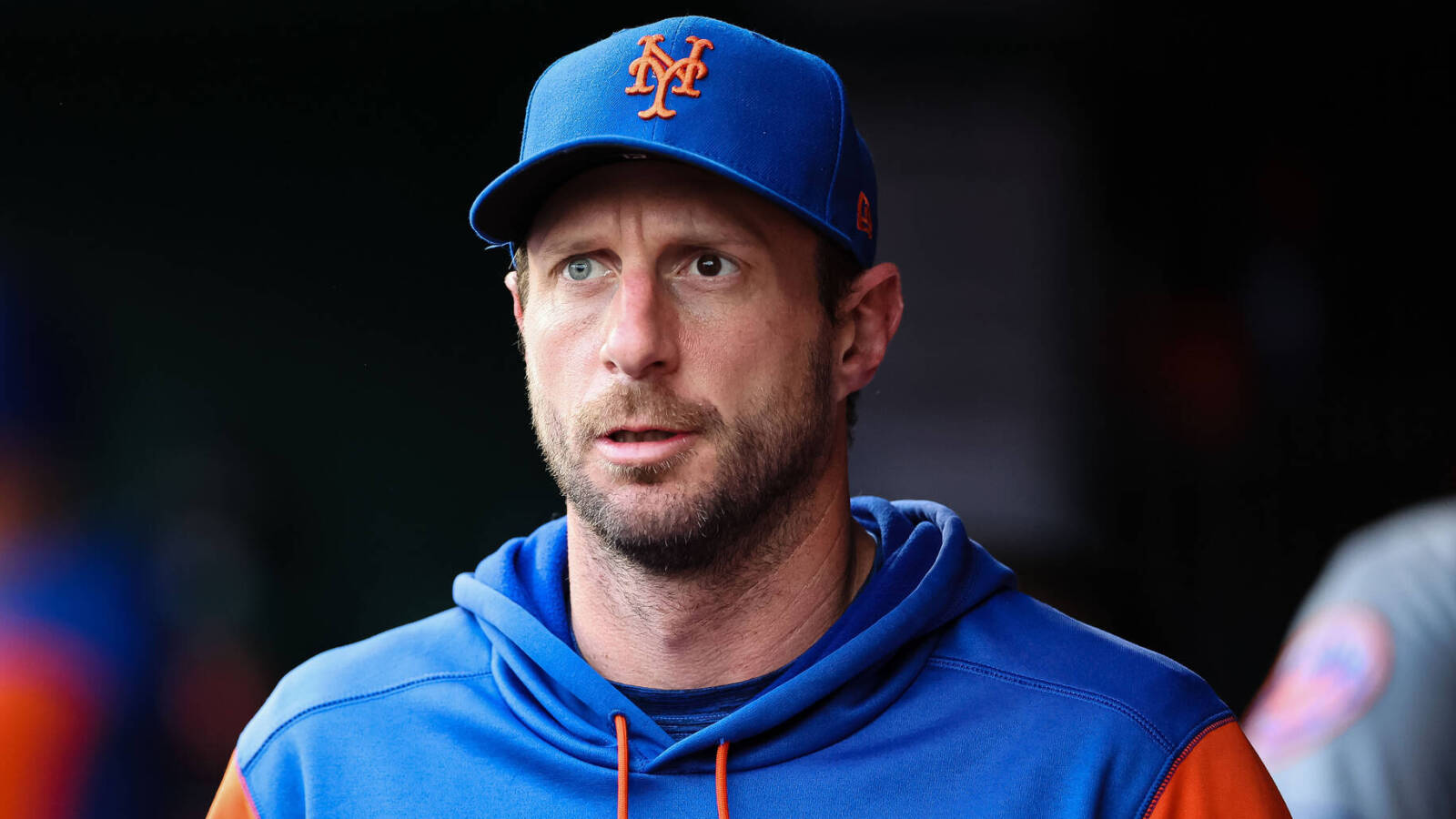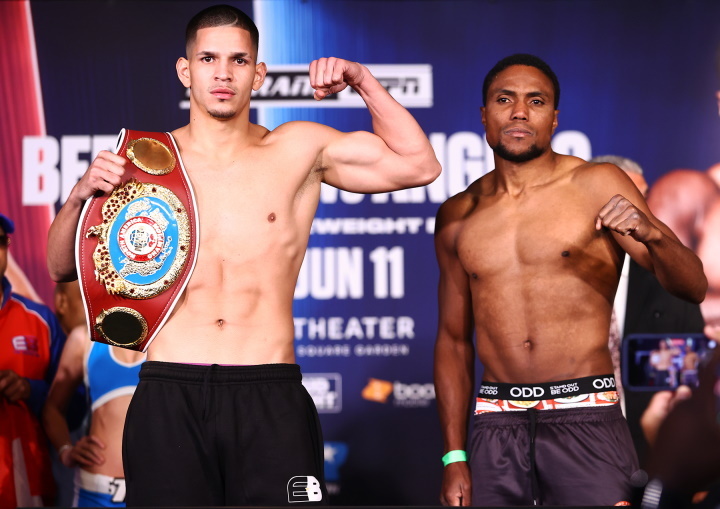Under second-year owner Steve Cohen, the Mets had the spending spree many fans originally envisioned and are now reaping the benefits with one of the game’s most formidable rosters.
Major league signings
- Max Scherzer, RHP: Three years, $130M
- Starling Marte, OF: Four years, $78M
- Mark Canha, OF: Two years, $26.5M
- Eduardo Escobar, INF: Two years, $20M
- Adam Ottavino, RHP: One year, $4M
- John Curtiss, RHP: One year, $770K (contract contains $775K club option for 2023 season)
- Nick Plummer, OF: One year, $700K
Total 2022 salary added: $83.903M
Total overall spend: $259.27M
Trades and waiver claims
Notable minor league signings
- Chasen Shreve, Travis Jankowski, Alex Claudio, Mike Montgomery, Felix Pena, Daniel Palka, Johneshwy Fargas, R.J. Alvarez, Tim Adleman, Tzu-Wei Lin, Rob Zastryzny
Notable losses
While many teams around the league opted to wait until the new collective bargaining agreement had been hammered out to make their biggest offseason splashes, the Mets had no such reticence. By the time commissioner Rob Manfred locked out the players, the Mets had spent more than a quarter of a billion dollars on the free-agent market.
The early strike is all the more remarkable given that the Mets entered the offseason without a general manager in place. Owner Steve Cohen was in the market for a new baseball operations leader for a second straight winter. As he did following the 2021 season, Cohen set his sights high, showing interest in names like Billy Beane, David Stearns and Theo Epstein. However, a meeting with Epstein didn’t prove fruitful, and the Mets were denied permission to speak to Beane, Stearns and a host of other potential candidates as they cast a wide net.
Eventually, former Angels GM and Yankees AGM Billy Eppler was tabbed as the new head of baseball operations. A managerial search followed, and although the Mets interviewed several frequent candidates — Rays bench coach Matt Quatraro and Astros bench coach Joe Espada among them — it was veteran skipper Buck Showalter who was brought in to steer the new Cohen/Eppler-led ship on the field.
Both Eppler and Showalter represented departures from the inexperienced hires at their positions the Mets had made in recent years. Brodie Van Wagenen went from agent to general manager with no front office experience, while quickly ousted GM Jared Porter had never held the top job in a baseball operations hierarchy before his hiring. (Ditto also departed Zack Scott, who went from assistant GM to acting GM following Porter’s firing.) In the dugout, the Mets had previously hired (and near-immediately dismissed) a first-time skipper in Carlos Beltran, and he was replaced internally by another rookie manager, Luis Rojas. With several recent implosions, some of them unforeseeable, the Mets opted for more experience at those two critical leadership positions.
Within a week of joining the organization, Eppler had a trio of signings to announce. In a span of 48 hours, the Mets agreed to terms on a four-year, $78M deal with Starling Marte and a pair of two-year deals with outfielder Mark Canha ($26.5M) and infielder Eduardo Escobar ($20M). The signings of Marte and Canha, in particular, closed the door on the Mets’ relationship with former All-Star right fielder Michael Conforto. New York already had Brandon Nimmo and several other outfield options on the roster, plus a crowded DH mix. Escobar joined a similarly cluttered collection of infield options, with J.D. Davis also vying for at-bats at third base, Jeff McNeil and Robinson Cano at second base, and Dominic Smith and Pete Alonso at first base.
It was a frenzied strike that got its own fair share of buzz and ostensibly looked to set the stage for subsequent trades, but the Mets’ pre-lockout fireworks were only just getting started.
A week after agreeing to terms with Marte, Canha and Escobar, the Mets jumped into the bidding on three-time Cy Young winner Max Scherzer. The most commonly held belief seemed to be that the deep-pocketed Dodgers would hang onto Mad Max, whom they acquired alongside Trea Turner at the 2021 trade deadline. Few teams can go toe-to-toe in a bidding war with Dodgers ownership, after all, and Scherzer himself at the ’21 deadline was reportedly unwilling to waive his no-trade protection to approve a deal to either New York team (despite interest from both).
Scherzer’s reasons for nixing a trade to New York might never be fully known, but a record-shattering average annual value on a three-year deal from the Mets put to bed any hesitation he might have been feeling. The $43.33M annual rate at which Scherzer signed absolutely trounced the prior record of $36M and set a new high-water mark at which all future marquee free agents will surely take aim when seeking short-term deals.
We’ve yet to see it this season, of course, but the eventual debut of a Scherzer/Jacob deGrom-led rotation will give the Mets one of the greatest one-two punches of all-time. (That, unfortunately, will be put on hold even further with Scherzer set to miss six-to-eight weeks because of an oblique strain.) With five Cy Young Awards and a dozen All-Star nods between them, Scherzer and deGrom are two of this generation’s most dominant performers. Cohen spent considerable resources to make it happen, but adding those two to an in-house group including Taijuan Walker, Carlos Carrasco, Tylor Megill and David Peterson, among others, gave the Mets a wealth of rotation options even after bidding farewell to Noah Syndergaard and Marcus Stroman.
Of course, the Mets ultimately didn’t prove to be done bolstering the starting staff. With the Athletics widely known to be shopping the majority of their well-compensated veterans, the Mets made the first strike after the transaction freeze, plucking righty Chris Bassitt away in exchange for a pair of minor league right-handers.
J.T. Ginn was considered among the best arms in New York’s system, having been selected in the second round of the 2020 draft. The Mississippi State product turned in a 3.03 ERA in 92 innings across the Mets’ two Class-A affiliates in 2021. Righty Adam Oller, meanwhile, was a former 20th-rounder by the Pirates who’d been out of affiliated ball entirely, only to parlay a terrific indie ball showing into a minor league opportunity with the Mets. He posted excellent numbers in the minor league system last season, vaulting into late-blooming prospect status, and he’s already made his big league debut in Oakland.
It was hardly an inconsequential return for the A’s, and yet the Mets are surely thrilled to have made the deal. Beyond the fact that Bassitt has been flat-out exceptional in Queens — seven starts, 42 1/3 innings, 2.34 ERA, 26.9% strikeout rate, 7.0% walk rate — the Mets learned in spring training that they were in for another protracted absence from deGrom. Having added Bassitt to the mix became all the more important with deGrom suffering a stress reaction in his right scapula, and Bassitt has been a large reason that deGrom’s absence hasn’t been felt as acutely as most would’ve anticipated.
The rest of the Mets’ post-lockout moves generally focused on the bullpen. New York native Adam Ottavino signed on for a reasonable one-year pact, and Eppler and Co. made a rare crosstown deal with the Yankees that swapped out righty Miguel Castro for lefty Joely Rodriguez. That trade was interesting beyond the fact that it was a nearly unheard of Yankees/Mets deal; Rodriguez had re-signed with the Yanks as a free agent over the winter and, as such, wasn’t eligible to be traded without his consent prior to June 15. As we reported at the time, Rodriguez agreed to the trade after his agent negotiated a $500K bonus to do so.
The Mets also added righty John Curtiss, knowing full well that he won’t pitch this season after last summer’s Tommy John surgery. But he’ll make scarcely more than the league minimum in 2022 with a similarly affordable $775K option for 2023. For a pitcher with a 2.86 ERA, 24.1% strikeout rate and 5.2% walk rate in 69 1/3 frames from 2020-21, it’s an eminently reasonable roll of the dice. Curtiss can be controlled through 2025 via arbitration as well, further adding to the appeal.
It was something of a surprise that the Mets’ post-lockout dealings generally stopped at this point, however. There was plenty of talk throughout the lockout that the club could be open to adding another big bat of note, with names like Kris Bryant, Freddie Freeman and Seiya Suzuki among those connected to the Mets in reports. There was undoubtedly some tactical element from various agencies with some of the many players connected to them — it never hurts to have the big-spending Mets linked to your client — but there was surely an openness from Eppler and his staff to creatively find ways to add to the roster as well. The Mets, for instance, were said to be exploring scenarios that would’ve seen them eat Eric Hosmer’s contract in order to acquire further pitching help and young talent from the Padres — even though the deal obviously didn’t come together.
Beyond that scenario, there were plenty of others discussed. Reports throughout the lockout suggested that the Mets, having signed Marte, Canha and Escobar already, could look to trade from a newfound corner outfield/infield logjam. Dominic Smith, J.D. Davis and Jeff McNeil all had their names hit the rumor mill at various points, with Davis in particular tied to a handful of teams looking to add to their DH mix. The Twins, Angels, Cubs and A’s were among the clubs reportedly interested in Davis, who hasn’t gotten his bat going this year amid sparse playing time. Smith, too, has struggled at the plate without a regular role. Given that the Mets were at least contemplating moves regarding the pair of now-struggling sluggers, one can imagine it’s possible their names will again surface in trade talks this summer.
By hanging onto that entire group and also adding several high-priced veterans — led by Scherzer — the Mets entered the season with a staggering, franchise-record payroll of $279M. Their luxury-tax ledger is even loftier, sitting at $288.775M in the estimation of Roster Resource’s Jason Martinez (or $287.966M at Cot’s Contracts). That puts them just inches away from the newly implemented fourth tier of luxury-tax penalization, which sits at $290M and has been offhandedly referred to as the “Cohen tax.” One of the sticking points for owners around the league during collective bargaining talks was the addition of a fourth tier of luxury penalization, reportedly due largely to a pervasive desire to prevent Cohen from bucking industry trend and spending at over-the-top levels.
Whether their proximity to that threshold will become the norm or is a one-off dalliance due to the fact that it was established after the Mets had already done the bulk of their offseason spending remains to be seen. It’s all but a given, however, that the more conservative payrolls that were the norm under the Wilpon ownership group are a thing of the past. Cohen’s Mets will always be threats to spend at the top of the free-agent market and won’t be afraid to take on salary via trade. That’ll be particularly worth keeping in mind as the trade deadline rolls around this year. The Mets don’t have too many obvious needs — as one would expect from a first-place team in a strong division — but it seems unlikely that finances will serve as the primary roadblock to Eppler acquiring any help the Mets might need a couple of months down the road.





